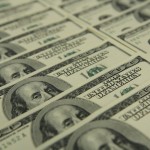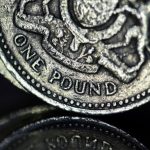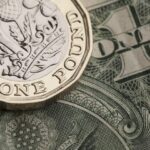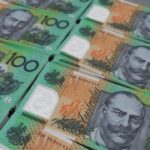US dollar jumped off session lows against the Japanese yen on Wednesday, following the release of optimistic employment data from the United States.
USD/JPY cut losses, with the pair down to 99.69, as previously it traded close to session lows at 99.26.
Payroll processor ADP reported earlier that US employment rose, as the private sector added 188 000 more jobs in June. Experts had projected an increase to 160 000 job positions, while in May economy added 134 000 jobs, a revision down from 135 000 previously. ADP Employment report is closely watched by investors and used as a premature signal ahead of the official employment report on Friday, which encompasses private and public sectors. It is expected that this report will show non-farm payrolls rose to 155 000 in June from 175 000 new job positions in May.
Additionally, the number of people, who filed for unemployment assistance decreased again in the week, ended on 28.06.2013, confirming that US labour market was slowly recovering. Initial jobless claims dropped by 5 000 to 343 000 last week. During the preceding week this indicator was revised up to 348 000 from 346 000 previously. Average value of the benchmark, which lacks seasonal effects, decreased by 750 to 345 500 claims in the past four weeks.
Separately, it was announced that the deficit on the US trade balance widened unexpectedly in May, outlining that foreign demand for US products and services was lower as a result of weaker global recovery. US import figure rose by 1.9% to 232.09 billion USD in May, compared to April, which, on the other hand, spoke of a relatively stable domestic demand. Export decreased by 0.3% to 187.06 billion USD. All in all, US trade balance registered higher deficit by 12% in May at the amount of 45.027 billion USD. Without the inclusion of effects, created by lower oil import, the deficit was 41.58 billion USD in May, the largest negative balance since September 2007. Additionally, concerns arose that this larger trade deficit could pose a negative impact on US Gross Domestic Product in the second quarter of this year, something, which has already been witnessed during Q1.
Meanwhile, the yen remained stronger against the US dollar and the euro on Wednesday, as market sentiment was influenced by concerns over political instability in Portugal, after the resignation of country’s minister of foreign affairs on Tuesday and the finance minister on Monday in protest over government austerity measures.
Elsewhere, US dollar fell to session lows against the British pound, as GBP/USD cross rose by 0.76% to 1.5268, following stronger than expected data, regarding activity in UK sector of services. The dollar remained on lower levels against the Swiss franc, with USD/CHF pair decreasing by 0.26% to 0.9480.





